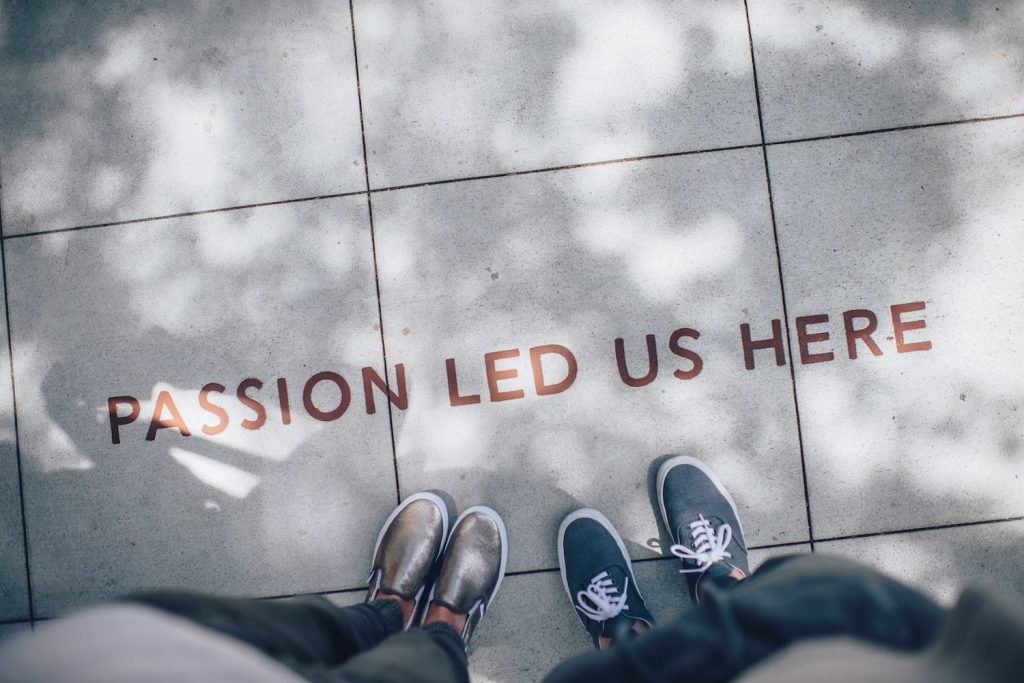
Corporate transformation will soon switch from digital to purpose
Today’s interview is with Mark Curtis, Chief Client Officer at Fjord (part of Accenture Interactive). Mark joins me today to talk about Fjord’s new Trends 2020 report, some of the trends, what they mean and what we should be thinking about when it comes to improving customer experience.
This interview follows on from my recent interview – Rethinking the experience of life insurance – Interview with Adam Weinberg of Haven Life – and is number 334 in the series of interviews with authors and business leaders that are doing great things, providing valuable insights, helping businesses innovate and delivering great service and experience to both their customers and their employees.
Here’s the highlights of my chat with Mark:
- Mark has been doing digital since 1993.
- Fjord have recently published their annual trends report: Trends 2020.
- Fjord have been publishing their trends report for 13 years now.
- The guiding principle behind the trends is that they should be about stuff that will affect the way in which we think about products and services over the next 2 to 3 years.
- They are crowd sourced in so far as they are pulled from all of their designers from around the world.
- The trends are:
- Many faces of growth – Corporate transformation will soon switch from digital to purpose, in response to people’s demand for success metrics that enhance our lives more than financial growth.
- Money changers – Our experience of what money is and what it can do is changing, opening the door for a host of pioneering products and services, and the rise of biometric wallets.
- Walking barcodes – 5G’s impact will extend beyond faster data connection to enable new physical experiences, with personalized content made possible by facial and body language recognition.
- Liquid people – Organizations will increasingly need to support individual consumers’ and employees’ increasingly changeable desires and their pursuit of greater meaning in their lives.
- Designing intelligence – The next step for Artificial Intelligence is a generation of systems that blend it with human intelligence to unlock the full potential of people and machines working together.
- Digital doubles – Brands will need to learn how to interact with our digital doubles – the virtual home for all of our data, and gatekeepers of our digital lives.
- Life-centred design – As people’s focus moves from “me” to “we”, user-centred design will feel increasingly selfish, and emphasis will need to switch toward design for all life.
- There are big regional differences.
- Design at the edges frequently creates things, which which then become incredibly useful for the mass market.
- Regarding the ‘Many faces of growth’ trend, people are asking fundamental questions about how well capitalism is serving society.
- Sodexo, one of the world’s largest corporate services companies that provides catering and cleaning and all sorts of stuff to all sorts of institutions, committed a few years back to reducing food waste by 50%. And, they’ve done it.
- Regarding the “Liquid people” trend, people are defining and redefining themselves in increasingly fluid ways on digital and it is really important for organizations to understand both from an employee and a customer standpoint.
- Increasingly, this is not just about gender. We are defining ourselves in a number of fluid ways.
- People are beginning to ask questions about why they consume things. And, what does it mean to be an employee?
- The questioning, particularly on the consumer side, is so profound that actually the word consumer may well have to disappear from the public lexicon of large corporations over the next 10 years because there is a chance it’s so associated with consumption as a way of defining yourself.
- Companies are having to rethink what they’re about at the most fundamental level.
- We’re calling for a redefinition of user-centred design, which has served its purpose well, to life-centred design, which is thinking more broadly about the system that we’re in and the effects on the system that we’re designing for.
- Systemic design and systems design are academic discipline that have been exploring this for some time.
- Thus, design will have to think about three things: desirability, feasibility and viability.
- This forms a triangle of questions: Will it be desirable for the user that we’re thinking of here? Is it feasible? Can we make this? Is it feasible? Is it viable? Can we make money out of it?
- Example: travel to New York form London in an hour. Desirable: Yes. Feasible: It may be. But, if we can’t make money out of it, then it isn’t gonna happen. But, if you roll in some of the other trends like “Many faces of growth” then profitability will have to be combined with sustainability.
- We have to consider externalities.
- So we have to start thinking about Triple purpose alignment: How do you align the purpose of the organization with the purpose of its customers? How do you align the purpose of the organization with the purpose of its employees? And then, how do you align the purpose of the customers with the purpose of the employees?
- The last one is the one that many organizations will miss.
- Many of the signals that go into the trends are pointing in the same direction and they pose lots of interesting questions about data and trust.
- Mark’s best advice on where to start with all of this: The crucial question to answer circles around purpose. Organisational alignment around purpose and how you use purpose to define new ways of growing.
- Mark’s punk CX word(s): technology hacking.
About Mark: Mark Curtis is a serial entrepreneur and innovator who has worked in media, digital, mobile and design for 30 years.
This was first posted on adrianswinscoe.com.





